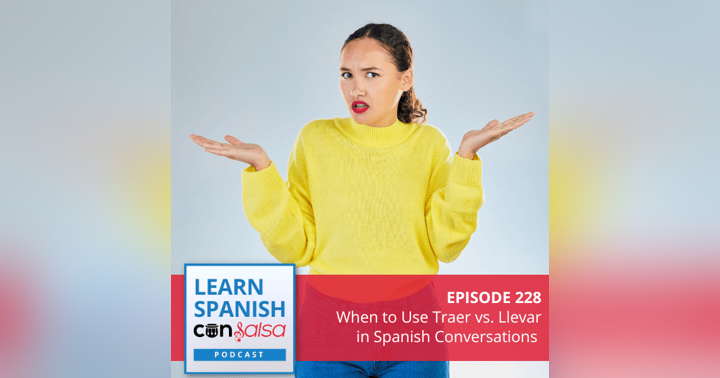Can You Text LOL in Spanish? 5 Simple Ways to Decode Spanish Texting Slang

Have you ever wondered how to text LOL in Spanish? Are you confused by slang in Spanish texting?
Increasingly, most communication in our digital world is in a mash up of acronyms and shorthand.
When you are learning Spanish, you may receive SMS texts, IMs, and WhatsApp messages from your Spanish-speaking friends and language exchange partners.
And just when you think you are getting a handle on speaking Spanish, one of your friends sends you a text that looks like this:

To you, it this looks like slew of jumbled numbers and letters.
You may struggle with conversation, but you thought you could at least read Spanish.
In today’s post, I’ll fill you in on 5 basic rules that will help you decipher these cryptic Spanish text messages.
To be able to communicate informally in the real world, you may want to understand some of this texting lingo.
By the end of this article, you’ll be able to understand Javier’s texts and chat like a native speaker.
#1: The X Factor
In informal texting, you will find the word “por” substituted with the letter “x.”
Here are a few commonly texted phrases that use this shorthand:
- xfa – por favor (please)
- xq – porque (because)
#2: Kiss Vowels Goodbye
You can make almost any word abbreviated by taking out the vowels. Sometimes these are easy to figure out, but sometimes it can get tricky.
Here are a few shortened versions of words without the vowels that you may receive in a text:
- dnd – donde (where)
- sbs – sabes (you know)
- dcr – decir (to say)
- bss – besos (kisses)
#3: No One Types Out “Qué”
Even though “qué” (what) and “que” (that) are pretty short words, in texting they usually aren’t typed out in full.
Often, the single letter “k” or “q” are used interchangeably to denote “que” or “qué.”
- k haces? – ¿Qué haces? (What are you doing?)
- pq? – ¿Por qué? (Why?)
Side Note: In informal texting, the opening exclamation and question marks aren’t always used either.
#4: Sound it Out
Sometimes the abbreviation is based upon the sound the word makes instead of its spelling. Single letters and even numbers can be used for sounds. (Remember these are based on the Spanish pronunciation of the letters.)
- aki – aquí (here)
- c – sé (I know) *The Spanish “c” is pronounced “say”
- salu2 – saludos (regards, good-bye) *The number 2 is “dos-
- jajaja – (haha, LOL) *The Spanish “j” is pronounced like the English “h”
#5: Common Phrases Turn into Acronyms
And finally, just like LOL, there are many acronyms for commonly used phrases in Spanish texting. Here are a few common examples:
- npn – No pasa nada (It’s ok, No worries)
- nph – No puedo hablar (I can’t talk)
- tqi – Tengo que irme (I have to go)
So, can you figure out Javier’s text message now?

Here is a breakdown of the text in “regular” Spanish:
– ¿Qué tal? (What’s up?)
– Tengo que irme a clase. No puedo hablar. (I have to go to class. I can’t talk.)
– No pasa nada. (No worries.)
– ¡Saludos! (Bye!)
Want to test your knowledge? See if you can understand this text exchange with Rosa:

Did you catch it all?
If not, here it is…
– ¿Sabes dónde está mi camera? (Do you know where my camera is?)
– Aquí. (Here.)
– En la fiesta conmigo. (At the party with me.)
– ¿Qué? Ten cuidado por favor. (What??!! Careful with it please.)
Do I Really Have to Learn All These Crazy Abbreviations?
Keep in mind that there are countless text abbreviations that can be used in Spanish.
There is no need to overwhelm yourself by trying to memorize them all.
Texting in Spanish is just for fun, and it’s not crucial to your success in becoming fluent or even conversational in Spanish.
But if you receive a cryptic text and you want to figure it out, you may want to download the Spanish Texting Abbreviations and Acronyms Guide to get a list of 82 commonly texted phrases for future reference.
If you are unable to find the answer, just ask the person who sent the message what they are trying to say. There’s no shame in that.
The more you ask, the more you learn.
If you feel that text message Spanish is more frustrating than enjoyable, just remind the person you are chatting with that you are learning Spanish and you would prefer they use whole words.
Once you get a better handle on the language, you can always revisit texting abbreviations and even start using some yourself.









